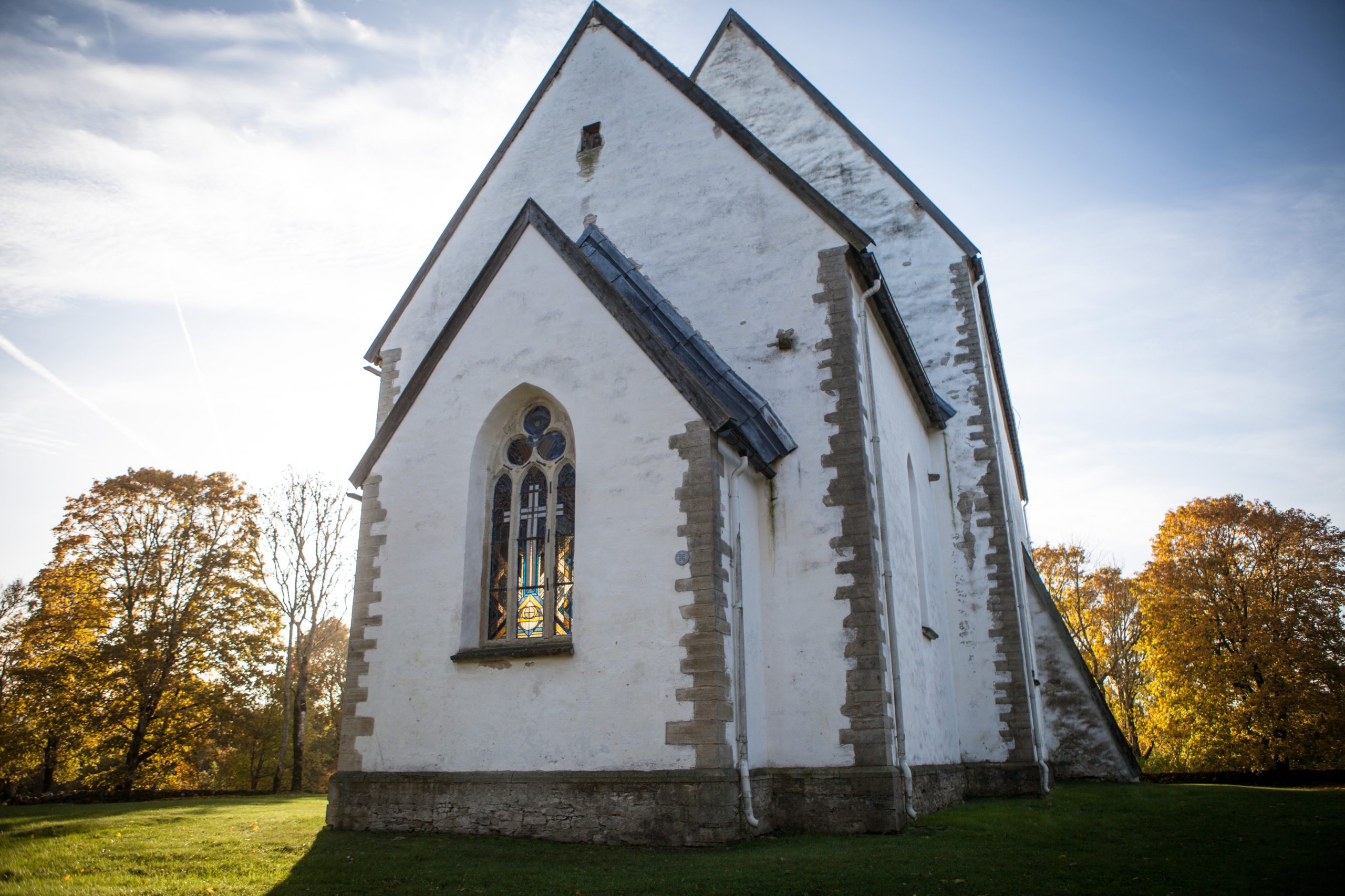In the Estonian history of medieval buildings, the architectural monuments of Saaremaa, including churches, form one of the most valuable chapters. That is due to the very good building material, the easy to process dolomite. In here, you can see more fine details than anywhere else.
There are seven unique medieval churches in Saaremaa, through which the island tells about the crooked history of religion.
The churches are massive and showing simple architecture - they were once built for offering sanctuary to everyone.
- Saint Martin's church in Valjala is the oldest surviving stone building in Estonia (the initial stone chapel was built in 1227).
- Kaarma church – in parallel to the construction of the nave of Valjala church, the construction of Kaarma church was started, they show similar features and evidently the building masters came from Valjala.
- Saint Mary's Church in Pöide is the biggest single nave church-fortification in West-Estonia.
- The campanile of Kihelkonna church is unique in the Baltic countries as it is the oldest freestanding bell tower in the region.
- Karja Catherine church is a jewel of the Estonian mediaeval art with its high-Gothic forms.
- The pulpit of Muhu Saint Catherine's church is among the oldest ones in Saaremaa County. Rather uncharacteristic of the mediaeval building practice in Estonia, the signs of the building master have been used here. In Muhu church it is possible to see one of the two surviving in Estonia human shaped grave stones from the 12th-13th century period.
- Püha Saint Jacob's church was built as a church-fortification and here one can see a special room built to accommodate pilgrims. The altar wall with its Rococo elements is almost a full copy of the altar of Riga Cathedral.

Saaremaa with other West-Estonia islands has been part of the UNESCO biosphere program area since 1990. This means that islanders live in harmony together with nature. Islanders respect the environmement they live in and they hope that their guests will do the same.